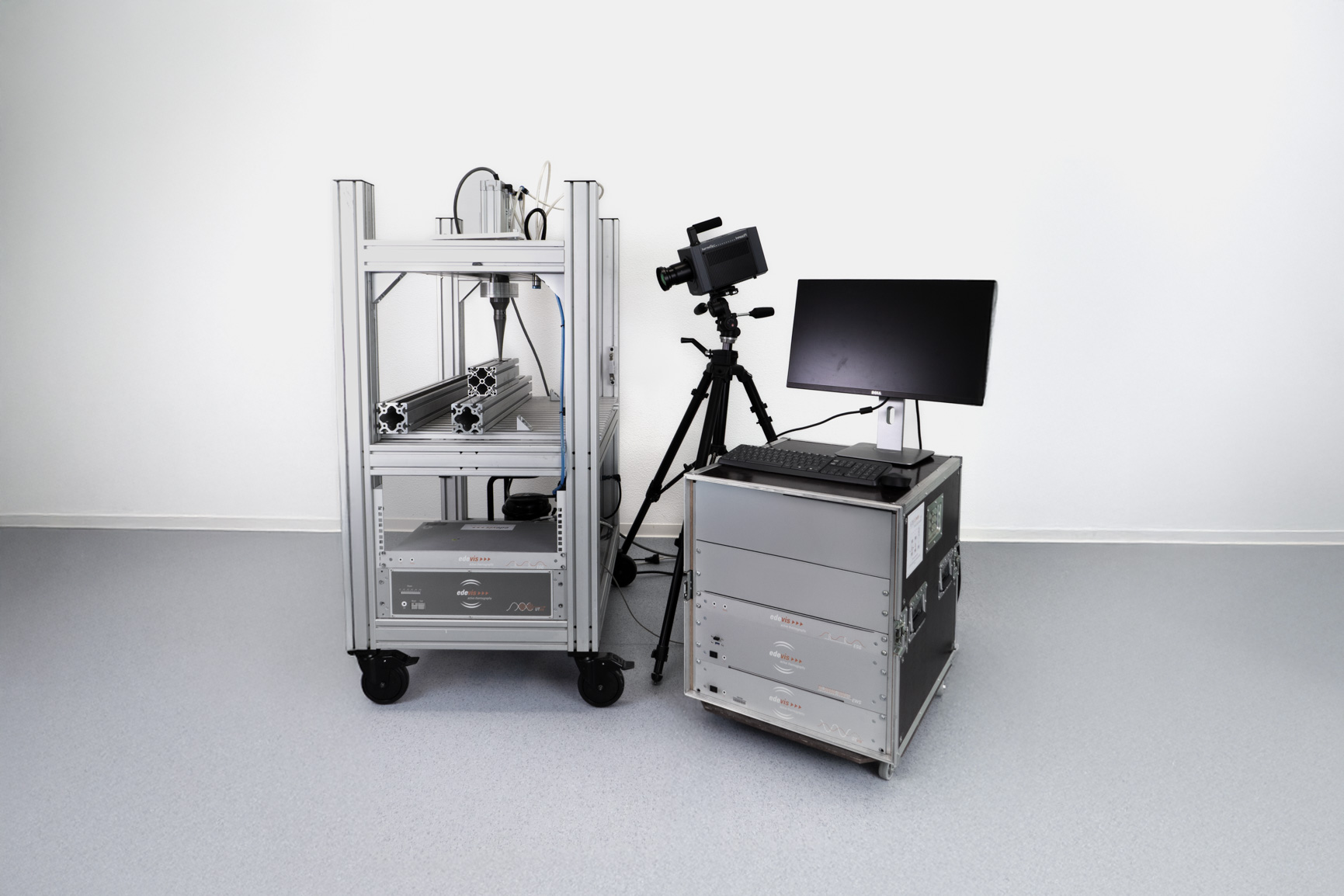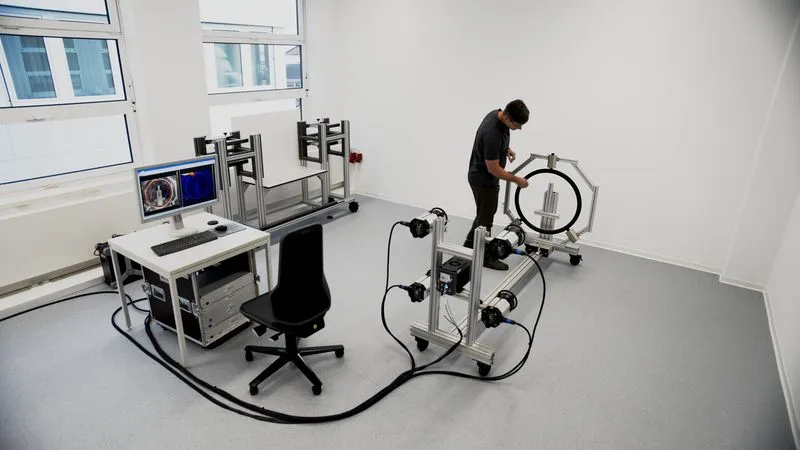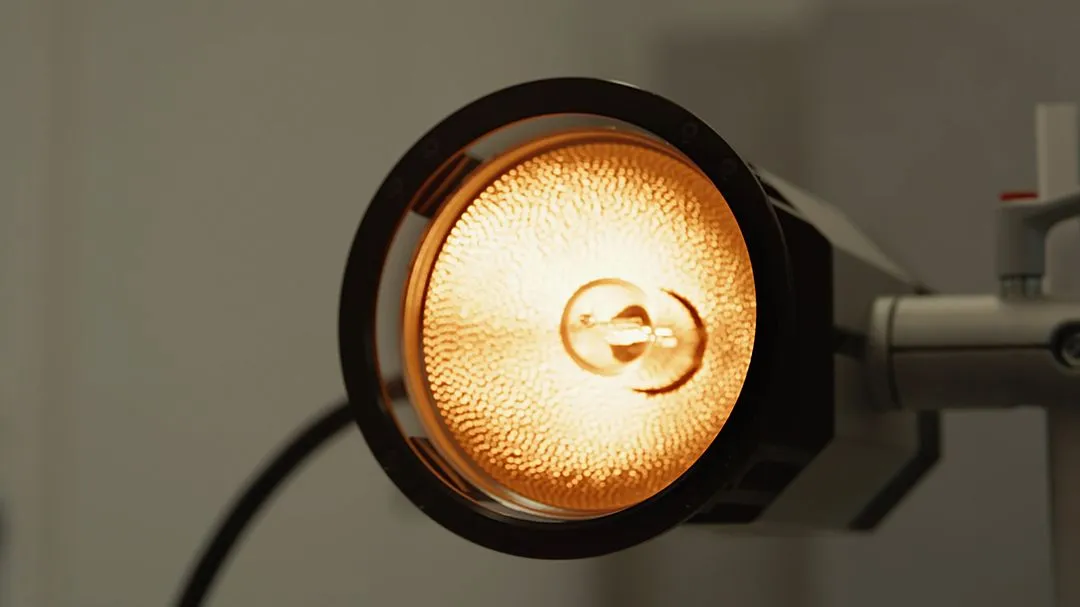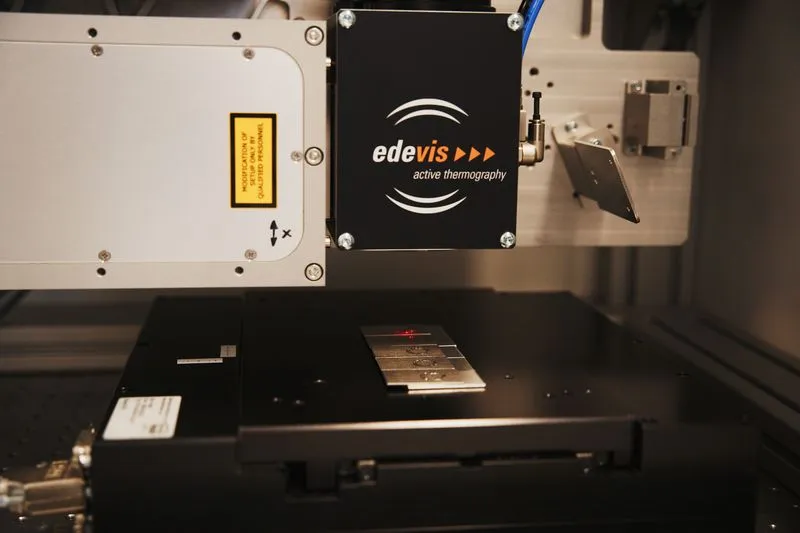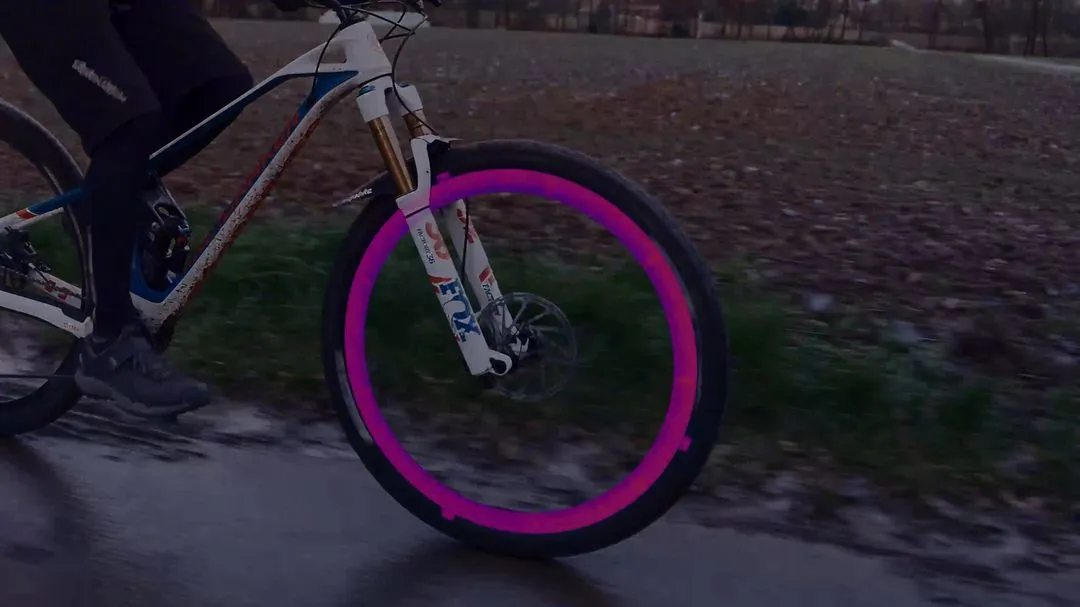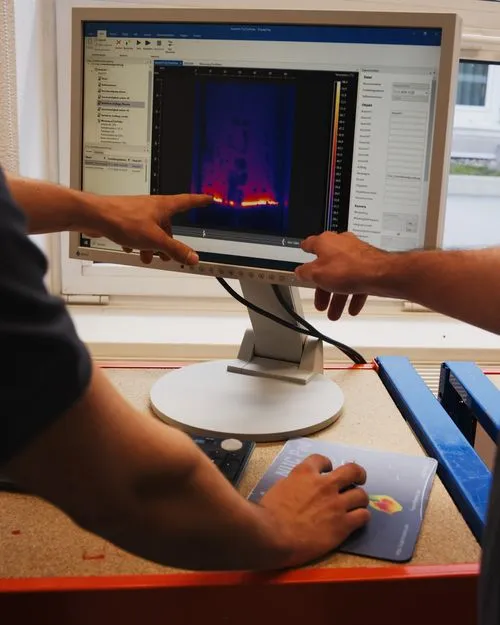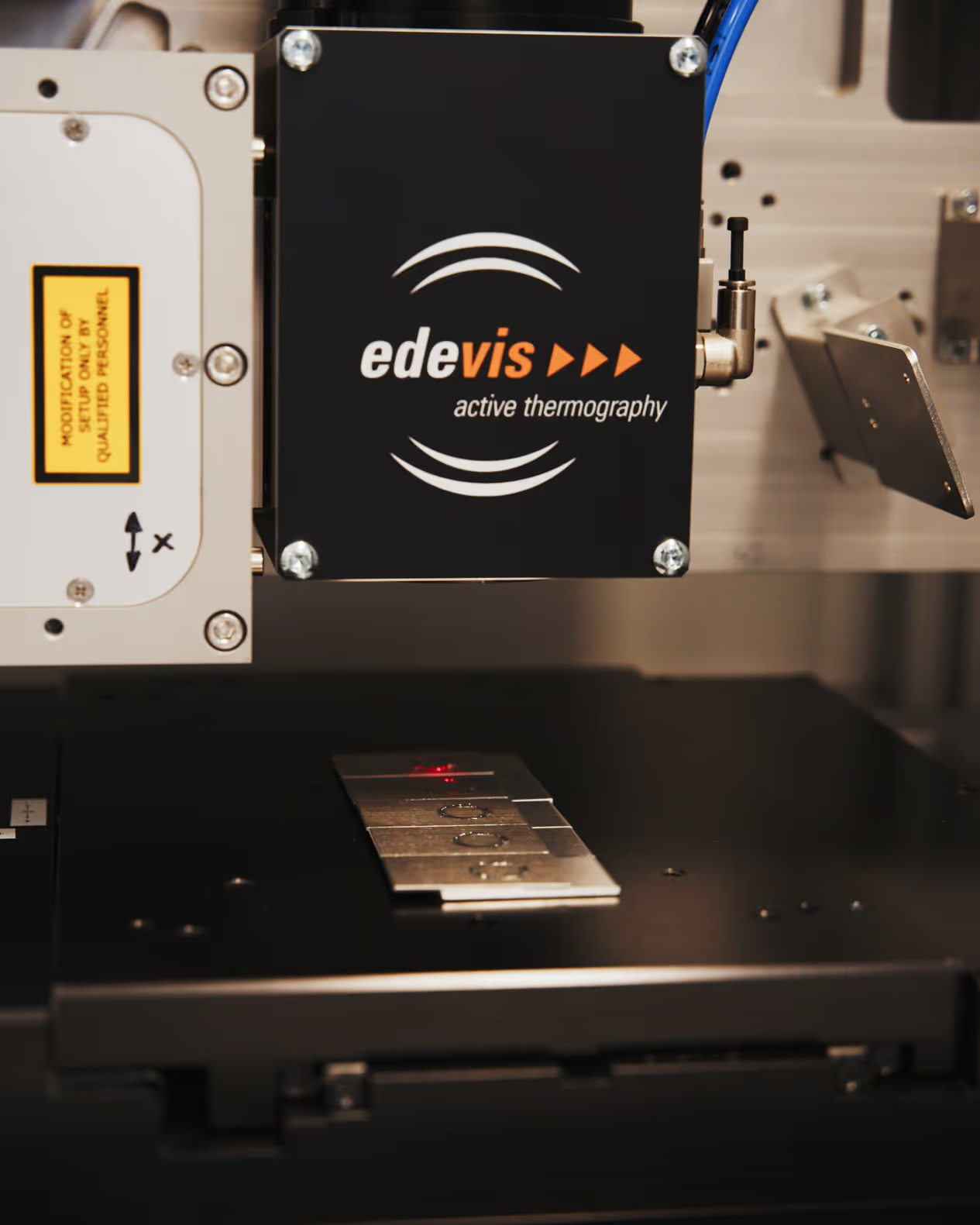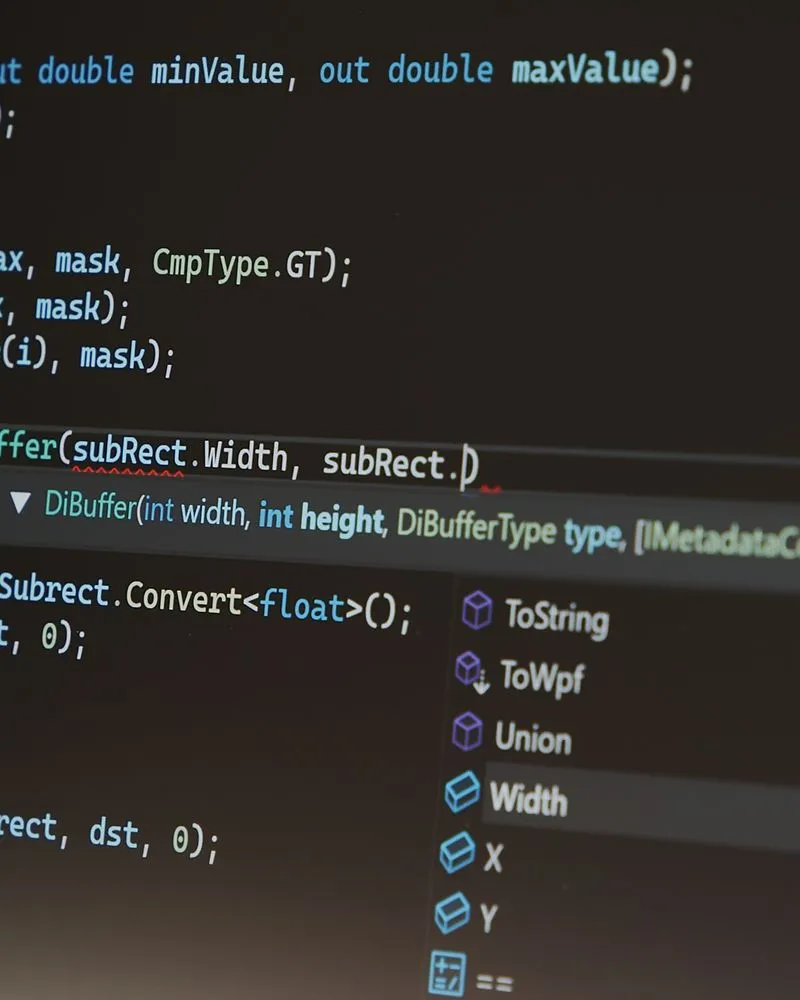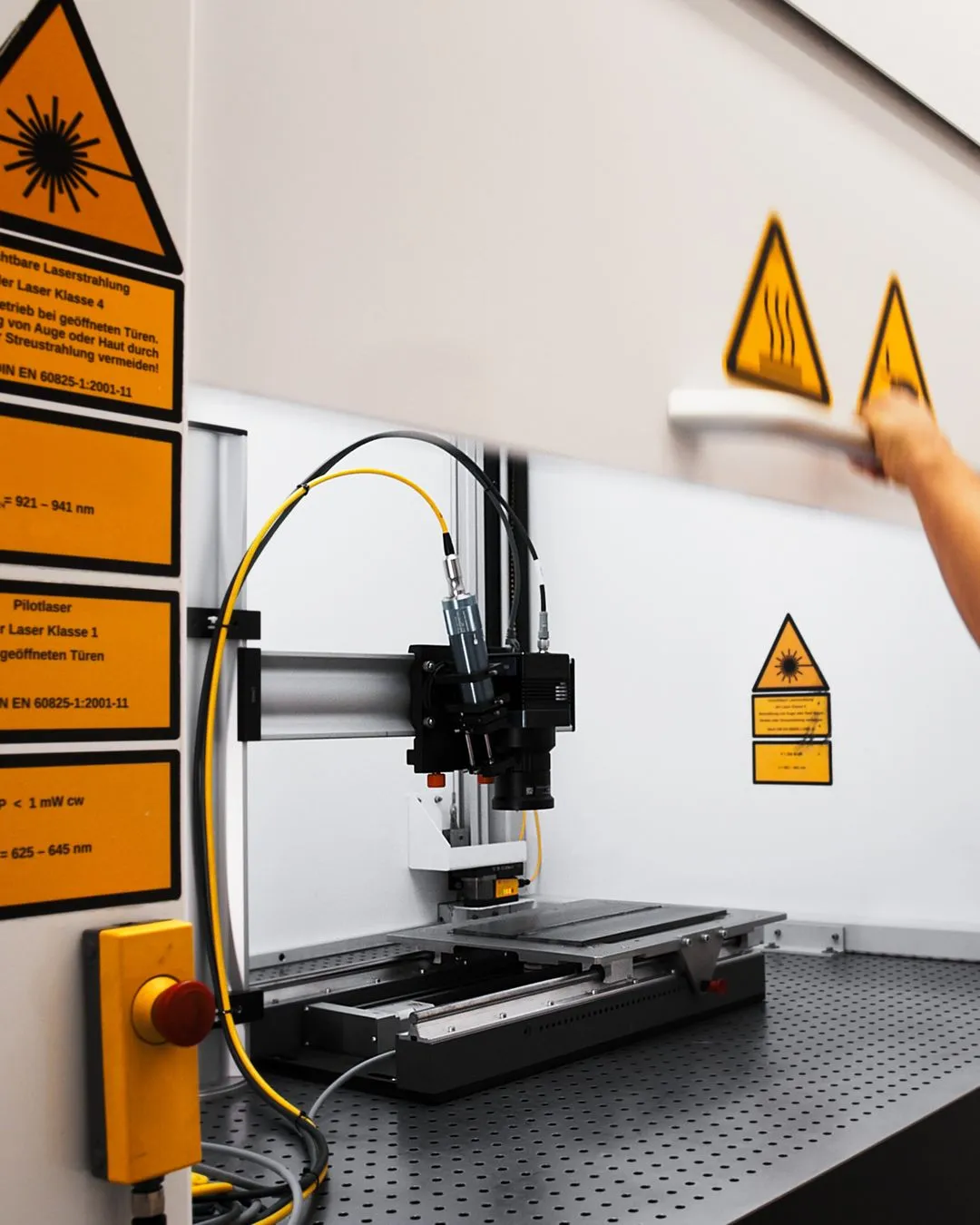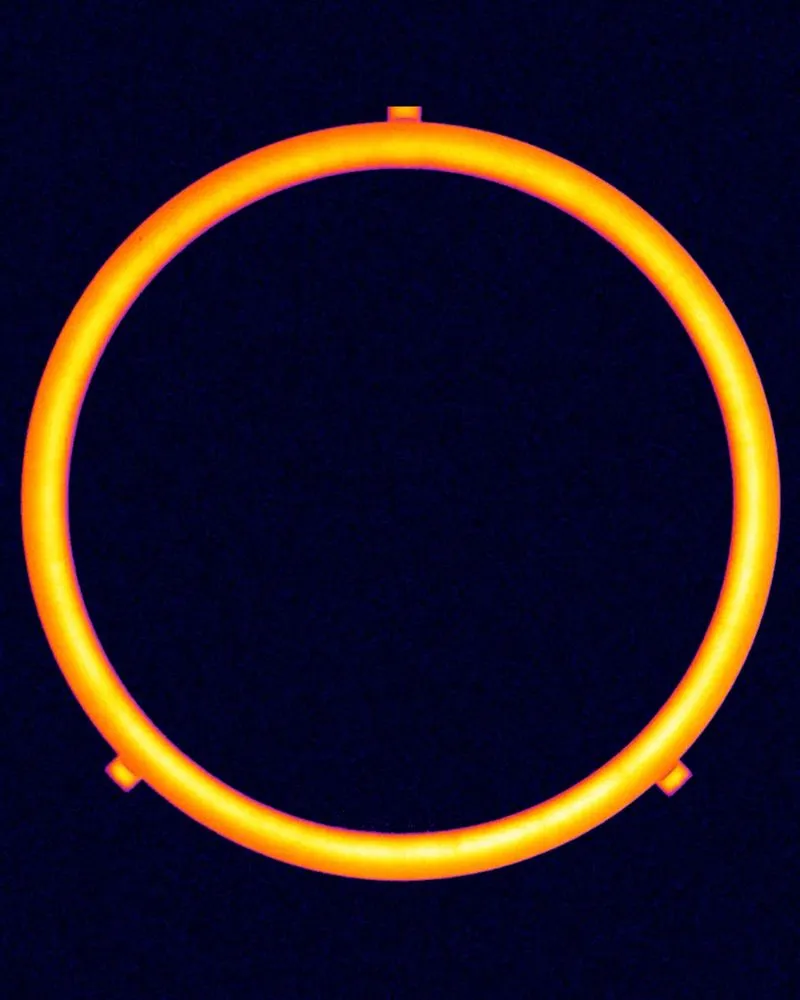UTvis
Crack Detection Using Ultrasound-excited Thermography
UTvis is edevis testing module for non-destructive detection of cracks and interface defects – based on active thermography with ultrasonic excitation. The method is especially effective for metallic and fiber-reinforced materials, and can be integrated into both laboratory and production environments.
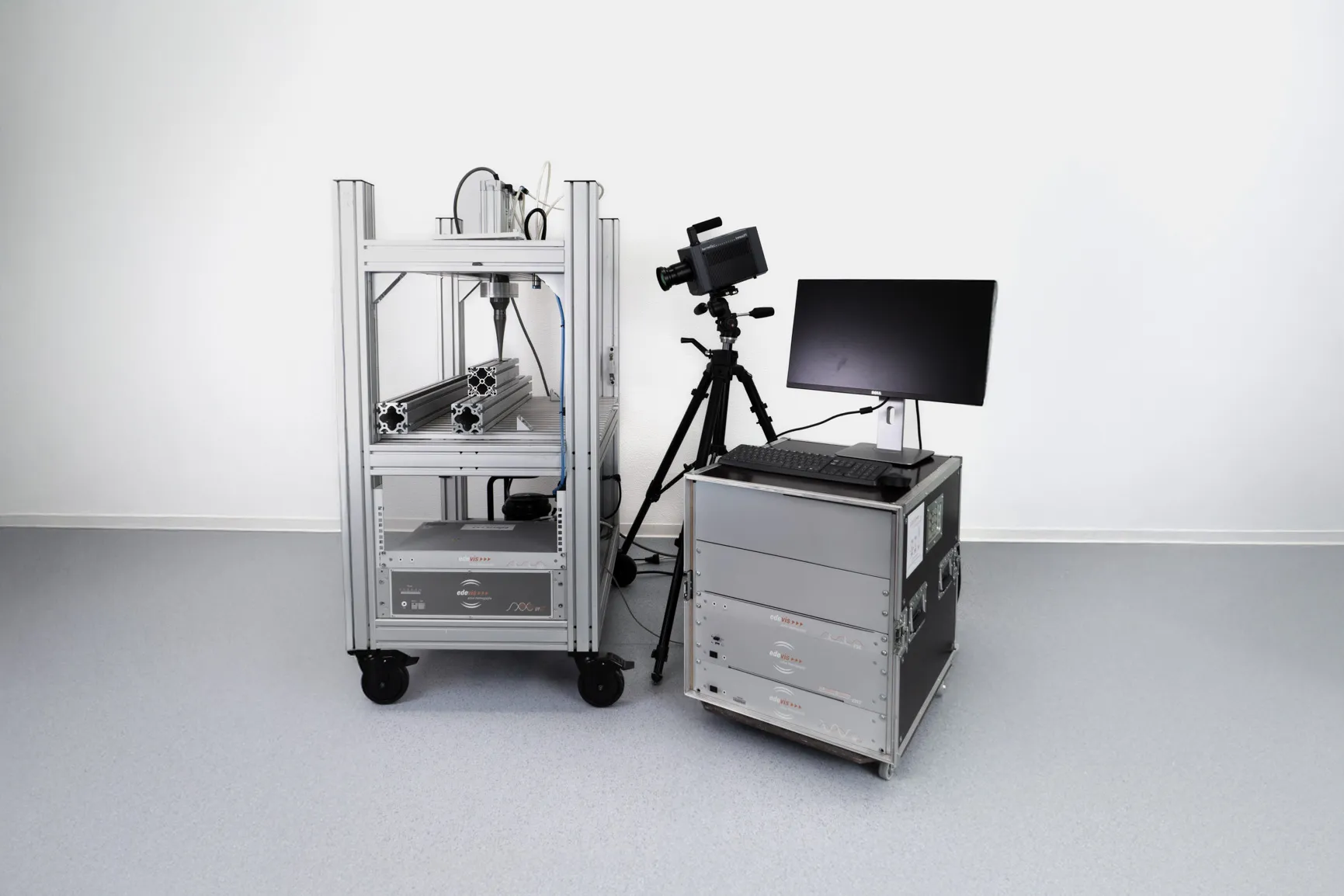
Applications
- Crack detection in cast, forged, and structural components
- Bonding inspection in hybrid structures
- Detection of corrosion and friction zones
- Inspection of adhesive and joining connections
- CFRP / GFRP: Delamination, impacts, inclusions
- Defect detection in composite materials
Advantages of UTvis
- Particularly suitable for crack detection in metals and composite materials
- Non-contact, defect-selective inspection method
- High penetration depth combined with high resolution
- Phase analysis reduces surface artifacts
- Applicable even on rough surfaces or complex geometries
- Automatable and suitable for inline integration
How does inspection with UTvis work?
Typical Procedure of a UTvis Inspection
1. Ultrasonic Excitation
2. Friction-Induced Heat Generation
3. Thermal Imaging via Infrared Camera
4. Analysis via Fourier Transformation
Modular System
- UTvis generator
- Sonotrode, booster, horn with pneumatic clamping system
- Software module for device control
- Table stand (optional)
Also needed:
- IR camera with MWIR or LWIR detector
- ESG signal generator
- edevis software DisplayImg
- Test bench/handling system (optional, for automated testing)
The system can be used for both laboratory testing and automated inline setups.

Evaluation software:
DisplayImg Professional
- Control of laser unit & camera
- Phase image analysis & Fourier evaluation
- Project management, API integration
- Compatible with all edevis excitation types
DisplayImg Automation
- Flexible modular system
- Active & passive thermography
- Automated data acquisition
- OPC connection & SQL export
- Barcode/DMC scanner
FAQ
Our frequently asked questions — answered quickly and easily.
How deep can UTvis 'look' into the material?
The penetration depth depends on the material, frequency and type of defect. Typically, defects can be detected in the range of a few millimetres to several centimetres – significantly deeper than with optical excitation.
mehr erfahrenHow does UTvis differ from other excitation methods like OTvis or PTvis?
UTvis uses mechanical energy (ultrasound) instead of light or laser. The great advantage: The method is defect-selective – i.e. only defective areas respond thermally. UTvis is therefore particularly suitable for crack testing in materials with difficult surfaces or complex geometries.
mehr erfahrenIs UTvis suitable for automated inspection processes?
Yes. UTvis can be integrated into handling machines or robot cells and is often used for series testing. The control is via established interfaces (e.g. PROFINET, OPC UA).
mehr erfahrenIs direct contact required for ultrasonic excitation?
Yes, the ultrasound is mechanically coupled into the test object via a contact transducer – ideally with a coupling layer (e.g. coupling paste or foil) to ensure an optimal acoustic connection.
mehr erfahrenWhat types of defects can UTvis detect?
UTvis is particularly suitable for detecting cracks, delaminations, bonding errors and interface disturbances – especially where conventional visual or eddy current tests fail. Fine defects in both metallic and non-metallic materials are also reliably detected.
mehr erfahren




